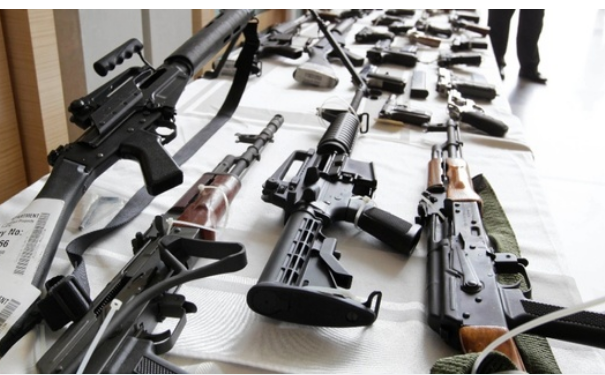Understanding Policy Effectiveness and Impact on Gun Violence Rates
Gun violence is a persistent issue in the United States, prompting debates and discussions on the efficacy of gun control laws. This essay aims to compare and contrast the gun control laws of Omaha, Nebraska, and the state of California. By examining the background of gun control legislation, evaluating their effectiveness, and analyzing gun violence rates, we can gain valuable insights into addressing this societal challenge.
Omaha, Nebraska, requires a purchase permit for handgun sales, ensuring background checks for buyers. Despite the absence of a ban on semiautomatic firearms, Omaha has seen a decline in gun violence over the past 15 years. However, Nebraska lacks comprehensive gun violence prevention policies. In contrast, California has stringent gun control laws, including background checks and sales regulations. Studies suggest that California’s laws have contributed to saving lives. Nevertheless, recent statistics show a spike in gun-related crimes, indicating potential gaps in enforcement.
Omaha’s gun restrictions have faced legal challenges, with concerns raised about infringement on the right to bear arms. However, the city has witnessed a reduction in gun violence, suggesting effective measures can be implemented without stringent bans on firearms. Conversely, California’s extensive gun laws have not prevented an increase in gun-related homicides and assaults, suggesting potential issues with implementation or enforcement.

Comparing gun violence rates between Omaha and California reveals disparities. While California experiences higher gun violence rates, Omaha has shown a downward trend in incidents. Despite having fewer restrictive laws, Omaha’s approach to gun control has yielded positive results, highlighting the importance of holistic strategies in addressing violence.
To enhance gun control laws, policymakers should consider successful approaches from other regions. Local initiatives in California demonstrate the potential for community-driven solutions, even in the absence of statewide action. Additionally, adopting evidence-based policies like universal background checks and red flag laws can mitigate the risk of gun violence. Addressing socio-economic factors such as poverty and mental health is crucial in preventing violence.
Read More News:
- Biden’s Border Gamble: How Trump’s Intervention Shaped the Political Landscape
- Democrats Unite: Unprecedented Fundraiser with Biden, Clinton, and Obama in the Works
The comparison of gun control laws in Omaha and California highlights the complexity of addressing gun violence. While Omaha has seen success with targeted measures despite less restrictive laws, California’s experience underscores challenges in implementation and enforcement. By adopting evidence-based policies and addressing root causes, policymakers can work towards safer communities. A comprehensive approach, integrating effective legislation with social interventions, is essential in reducing gun violence and promoting public safety.
